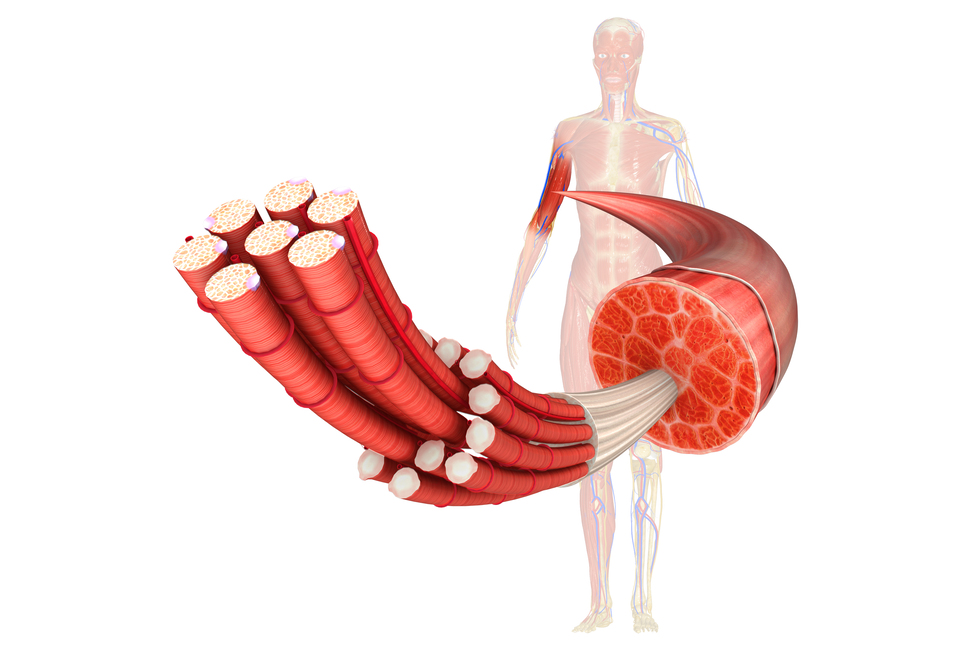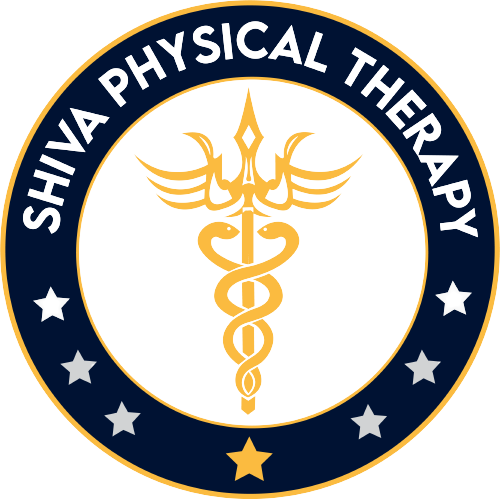Fascial Manipulation
Fascial Manipulation helps in solving musculoskeletal dysfunction and improves function
Fascial Manipulation, also known as Myofascial release, is a technique that bridges a spectrum of manual techniques like soft tissue techniques, muscle energy techniques, indirect and direct myofascial techniques, and inherent -forces techniques. All these are classified as combined myofascial release procedures as they influence the biomechanism of the musculoskeletal system and the peripheral and central control mechanisms. Our Myofascial release treatment helps to improve your acute and chronic fascial, muscle, joint, tendon, and nerve pain.

What is Fascia?
Fascia is a connective tissue that surrounds all muscles and organs to form a complex continuous network throughout the body with a mechanosensory, regulatory, and signaling function. Fascia consists of three layers: the pannicular or superficial fascia, Deep fascia, and Subserous fascia.
Fascia provides support for vessels, muscles, and nerves throughout the body. It is rich in innervations, proprioceptors, and abundant vascular and lymphatic channels. Fascia enables adjacent tissue to move on each other while providing stability and contour. It also provides Hyaluronan, which acts as a lubricating fluid between structures that help with movement and nutrition.
Muscle fascia is a specialized deep fascia whose mechanics greatly influence skeletal muscle function. The function of muscle is an integrated and highly complex process. It has voluntary and involuntary components highly influenced by afferent and efferent impulses from mechanoreceptors within the articular and fascial system.
How Fascia Contributes to Pain and Dysfunction?
Muscle injury interferes with fascial anatomy and interferes with function. Acute trauma results in muscle tear, fascial deformation, changes in the force transmission at the myotendinous junction, and alterations in the use of the elastic energy at the insertion of the tendon into the bone. These injuries undergo fibrosis as part of the healing process like other injuries to soft tissue and may form myofascial trigger points and fascial twists and compresses. Injury also alters the muscle’s anatomy and interferes with its neuroreflexive and the inherent tissue motion to motor control, contributing to myofascial dysfunction. This chronic myofascial dysfunction is often associated with chronic overuse and facilitation of its associated muscles. This overuse and facilitation results in muscle substitution due to muscle inhibition resulting in dysfunction and myofascial pain syndromes.
No image studies or diagnostic tools are available to accurately pinpoint the fascial dysfunction other than skillful hands. So, it’s essential that the therapist has a thorough working knowledge of the myofascial system and how to treat the dysfunction and pain effectively.
What is Fascial Manipulation? How Does it Work?
Fascia serves a vital role by transmitting the force from the muscle to the tendon. This intimate connection with muscle allows force transmission during myofascial release and manipulation to help the forces from the therapist’s hand to cause a change in the myofascial deformation. The capacity of fascia to convert mechanical load into energy is called “hysteresis” these mechanical forces are used therapeutically in myofascial manipulation or release techniques.
Myofascial releases are triggered by holding firmly against the soft tissue resistance against the myofascial barrier. Applying the mechanical forces and stress on the tissue results in tissue relaxation, “melting” in the fascia and the muscles. This release of tightness will achieve improvement in myofascial functioning and the ability to perform your best with less pain and discomfort.
At Shiva Physical Therapy, our therapists are trained and have extensive hands-on training in myofascial release techniques to give you faster and long-lasting results.

